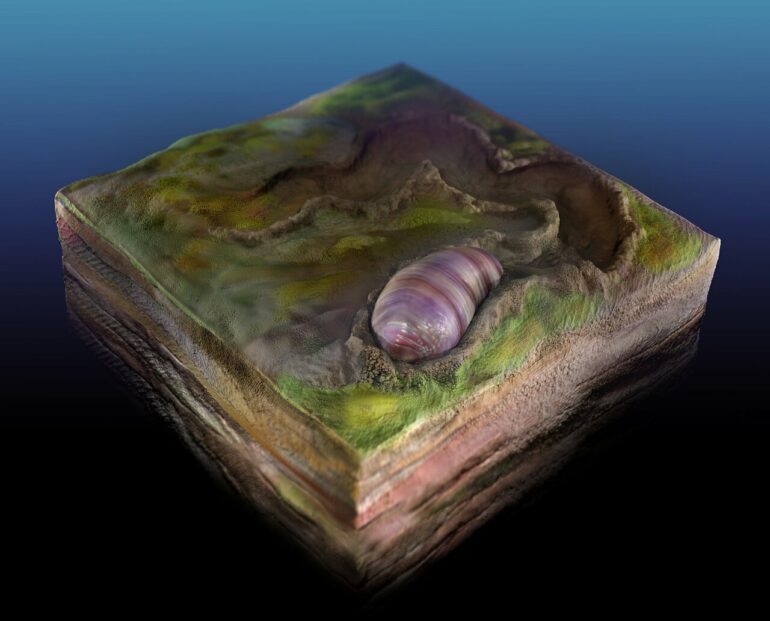A silicified 30-million-year-old fruit fossil could hold the clue to unlocking more information about screw palms (Pandanus) in Australia.
A walk along most Queensland beaches will reveal screw palms scattered along the coast. With around 450 species recognized around the world and 15 species in Australia alone, there is little known about their fossil history…until now.
Central Queensland local Joe Bridgeman found a fossil fruit in 2014, which researchers from Queensland Museum, Kew Gardens, University of New England and University of Queensland have now described as the first fossil evidence of Pandanus from Australia. It is also a new species, Pandanus estellae, named in honor of the wife of Mr. Bridgeman who found the fossil.
Queensland Museum Principal Curator Geosciences Dr. Andrew Rozefelds said the study provided evidence for Gondwana history for the genus, which had been previously missing. “Understanding the evolutionary history of any group of plants or animals, can be challenging and fossils can offer unique insights into the history and past distribution of some groups,” Dr. Rozefelds said.
“While Pandanus has football-sized fruits that can measure up to 25 centimeters in diameter, the fossil fruits were one tenth of the size of most of the modern species occurring in Australia. This could be important for understanding of the evolution of fruit size in the genus and the patterns of seed dispersal by the plant.”
The extant coastal species of Pandanus in Australia typically have large round fruits and oily seeds that are protected in the hard woody segments of the fruit. Previously, researchers have suggested that the large fruits of extant Pandanus species have evolved in response to long distance dispersal by ocean currents. The small size of the fossil fruit suggests that only more localized dispersal was likely.
Not all species of Pandanus are coastal plants, some species occur in rainforests, riparian communities and freshwater swamps. Although Pandanus is referred to as “palms” they are not closely related.
The paper was recently published in the International Journal of Plant Science.
More information:
Andrew C. Rozefelds et al, A Fossil Syncarpous Fruit from Australia Provides Support for a Gondwanan History for the Screw Pines (Pandanus, Pandanaceae), International Journal of Plant Sciences (2022). DOI: 10.1086/719431
Provided by
Queensland Museum
Citation:
First evidence of fossil fruit in Australia uncovers new species (2022, May 6)



